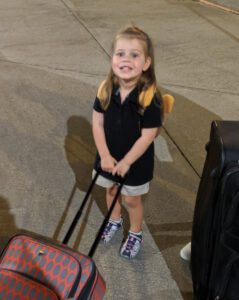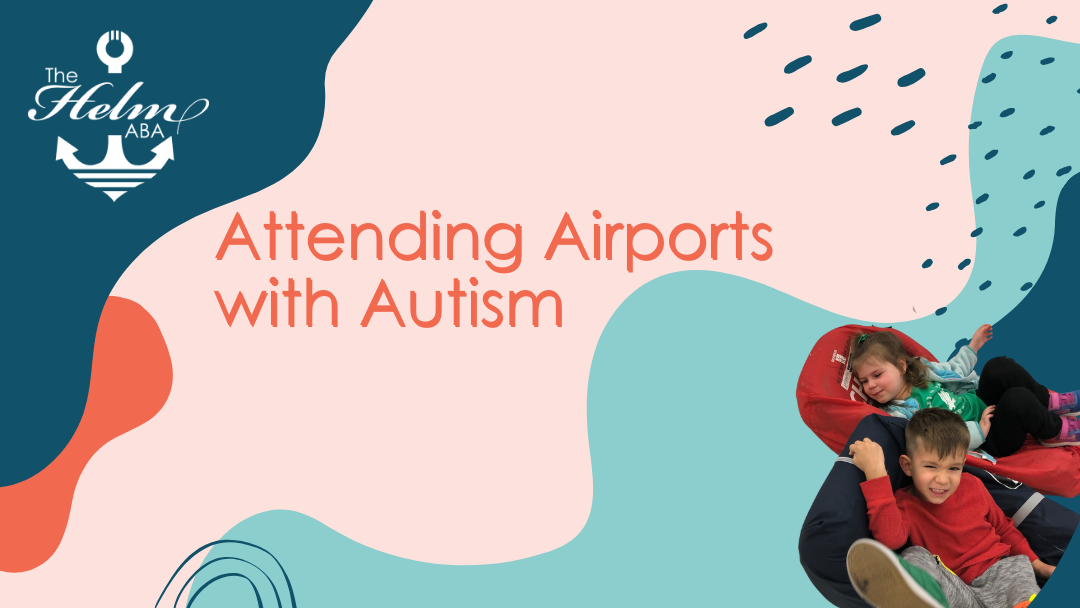The airport, with its bustling terminals and intricate processes, can present a unique set of challenges for families affected by autism. Navigating security checks, crowded spaces, and the unpredictability of travel can be overwhelming. In this guide, we’ll explore practical tips to help families make the experience smoother and more accommodating for individuals on the autism spectrum.
Airports are bustling hubs of activity, and for individuals with autism, the sensory overload can be intense. Acknowledging and addressing sensory sensitivities is key to creating a more comfortable experience.
Noise-Canceling Headphones:
Equip your child with noise-canceling headphones to minimize the impact of loud announcements, bustling crowds, and the general noise.
Visual Supports:
Utilize visual supports like social stories or visual schedules to prepare your child for each step of the airport process. This provides a clear understanding of what to expect.
Comfort Items:
Bring along comforting items such as a favorite blanket or toy. Having familiar items can provide a sense of security in unfamiliar surroundings.
Pre-Travel Preparation:
Visit in Advance:
Consider visiting the airport before your travel day. Familiarizing your child with the layout, security procedures, and even watching planes take off can ease anxiety.
Practice Security Checks:
Practice going through security at home. Explain the process, and if possible, visit the security area to observe and demystify the experience.
Travel during Off-Peak Hours:
Opt for flights during less busy times to reduce the overall stimulation and provide a quieter environment for your child.
During the Airport Experience:
Priority Boarding:
Check with the airline for priority boarding options. This allows your family to board early, minimizing the stress of navigating through a crowded plane.
Designated Quiet Spaces:
Identify designated quiet areas within the airport where your child can retreat if overwhelmed. These spaces provide a sanctuary to regroup and decompress.
Communication with Airport Staff:
Inform staff about your child’s needs. Many airports have programs or staff trained to assist families with special considerations, ensuring a more supportive experience.
Post-Travel Celebrations:
Celebrate Achievements:
Acknowledge your child’s efforts throughout the journey. Celebrate each successful step, whether it’s passing through security or boarding the plane.
Establish Travel Routines:
Create post-travel routines that include comforting activities or treats. This helps your child associate positive experiences with air travel.
With thoughtful preparation and a focus on sensory considerations, families can transform the airport experience into a manageable and even enjoyable adventure for individuals on the autism spectrum. Remember, each successful journey is a step toward building resilience and confidence.

